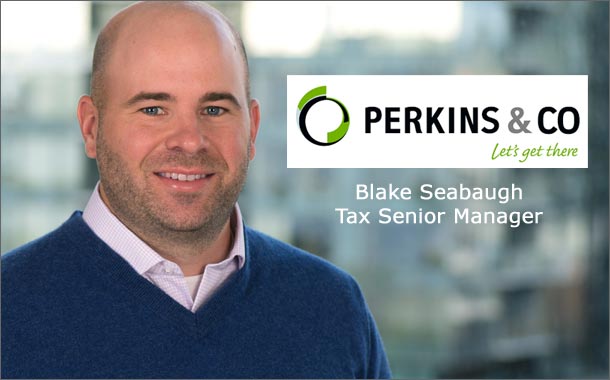By Blake Seabaugh, CPA
In the weeks leading up to a closing, I hear it from the sellers we assist all the time: “We have already agreed upon everything in the purchase agreement, how hard can the closing statement be?” I guess that sentiment is more aimed at, “why do we need to pay more accountants?” Fair… Well, buy/sell transactions are never the same and never ordinary. If you are not a practitioner fully immersed in this area it is difficult to foresee the complications that arise in the final steps, and how a trusted advisor can identify significant value for a seller before close.
So let’s discuss some common pitfalls we see that sellers can avoid.
Plan your work – work your plan
Having a detailed plan to manage the closing process is critical to success. Granted no single step is overly complicated but every close has hundreds of detailed steps that must be choreographed in a fashion to avoid delay in closing or impact to the seller’s bottom line. The four most common issues in planning we see are:
- Not starting the process early enough. Begin communicating and collaborating with buyer at least 30 days prior to close. Agree on who will gather the financial information, how it will be shared, when it will be shared, and have attorneys on both sides agree to the format of the closing statement. This makes for a more efficient and transparent close without duplicating efforts.
- Understand the flow of funds. Work with lenders to determine what floorplans will be assumed and how wires are going to be distributed after the closing statement is signed.
- Make checklists! No matter how small the step or process, create a checklist and schedule the task (e.g., document mileage on all units) within the overall plan. Customize the checklist to reflect the definitions within the purchase agreement (e.g., any ‘new vehicle’ with more than 500 miles shall be considered a ‘used vehicle’). Make your accounting staff available (dedicated) to gather the documentation necessary to support the closing statement.
Inventories – including vehicle and parts – are the most consistent drag on the closing process. This installment will offer some tips on making vehicle inventory more effective and efficient. A second installment will address parts inventory.
Used Vehicle Inventories
Most purchase agreements price used vehicles in one of three ways; mutually agreed upon price, wholesale guide value, or a formula using guide value +/- a percentage and/or dollar figure.
- If not specially outlined in the purchase agreement, settle on a reasonable timeline to offer and bid on used vehicles (4-7 days). While more vehicles will be added to inventory, this accomplishes the process for 90%+ of the inventory. Manage the exceptions as they come in near close.
- Have a backup plan if/when bids are too far apart. Seller should have wholesale bids on units prior to offering to buyer. Should also make sure the contract allows for seller to have a reasonable amount of time to remove units unsold to buyer. If no provision exists, seller will have limited backup options after close and will lose negotiating power.
- Manage your used inventory months before close. Track inventory against low NADA wholesale value and discount units with the most spread to move.
New Vehicle Inventories
Don’t overlook new inventory as, “it is what it is”. While true for most units, it is wise to at least pay attention to model years and mileage on (and count of) demos.
Since most contracts will define new vehicles by model year specifically (e.g., 2017 or later) if old model year units are still in inventory, those units will likely be treated as used (and priced accordingly).
A recent deal I was involved in illustrates the danger of not knowing what defines “new” inventory.
During the week of close, the seller still had 2016 units in inventory (new vehicles, but a model year too old to be considered new vehicles in the agreement). These units had to be sold via the transaction because the seller would no longer be a qualified franchise dealer after the deal. The agreement called for the units to be priced as used vehicles at a mutually agreed upon price.
The buyer understood that and submitted bids the night before close at 50% off invoice on every vehicle (about a $300K loss to seller). With little time left before close, it was a scramble to find better options at the wholesale/auction markets.
A similar outcome is likely for any excessive demonstrators/service loaners. If the numbers of demos or service loaners exceed a cap in the agreement, those units will likely be treated as used vehicles. Again, buyers will use the seller’s limited options at close as leverage to purchase those units for deep discounts. If available, convert any excess demos over to CPO (higher bid) or RDR before close and collect any dealer cash to minimize losses.
These are situations we see a lot when sellers don’t think like a buyer.
Sophisticated sellers will begin managing the closing process immediately after executing the purchase agreement and will use a working draft of the closing statement to manage exceptions and maximize asset values.
Next installment: Parts Inventory.
Blake Seabaugh is Tax Senior Manager at Perkins & Co., an accounting firm based in Portland, Ore. He can be reached at 1-503-221-0336 or BSeabaugh@perkinsaccounting.com.











